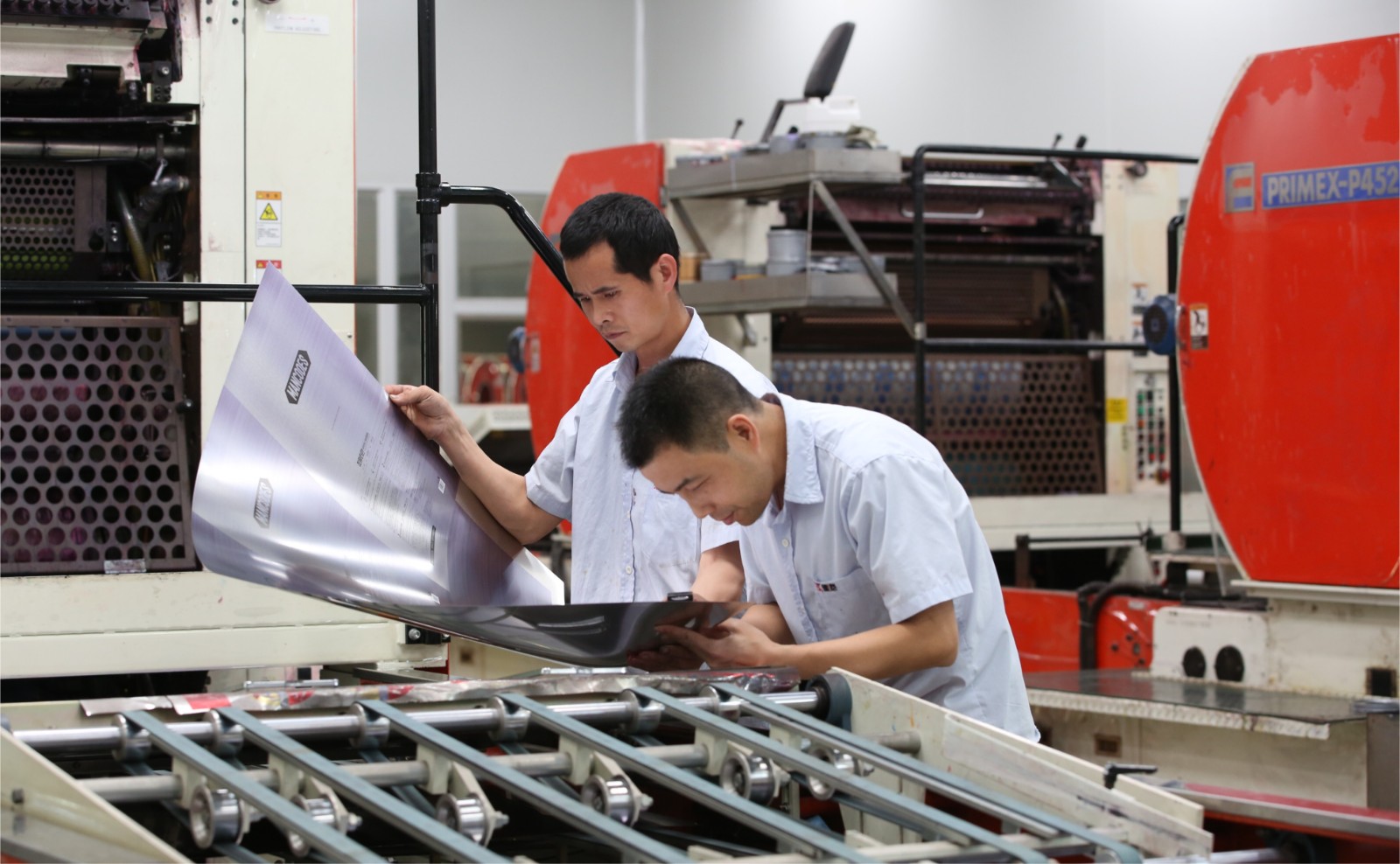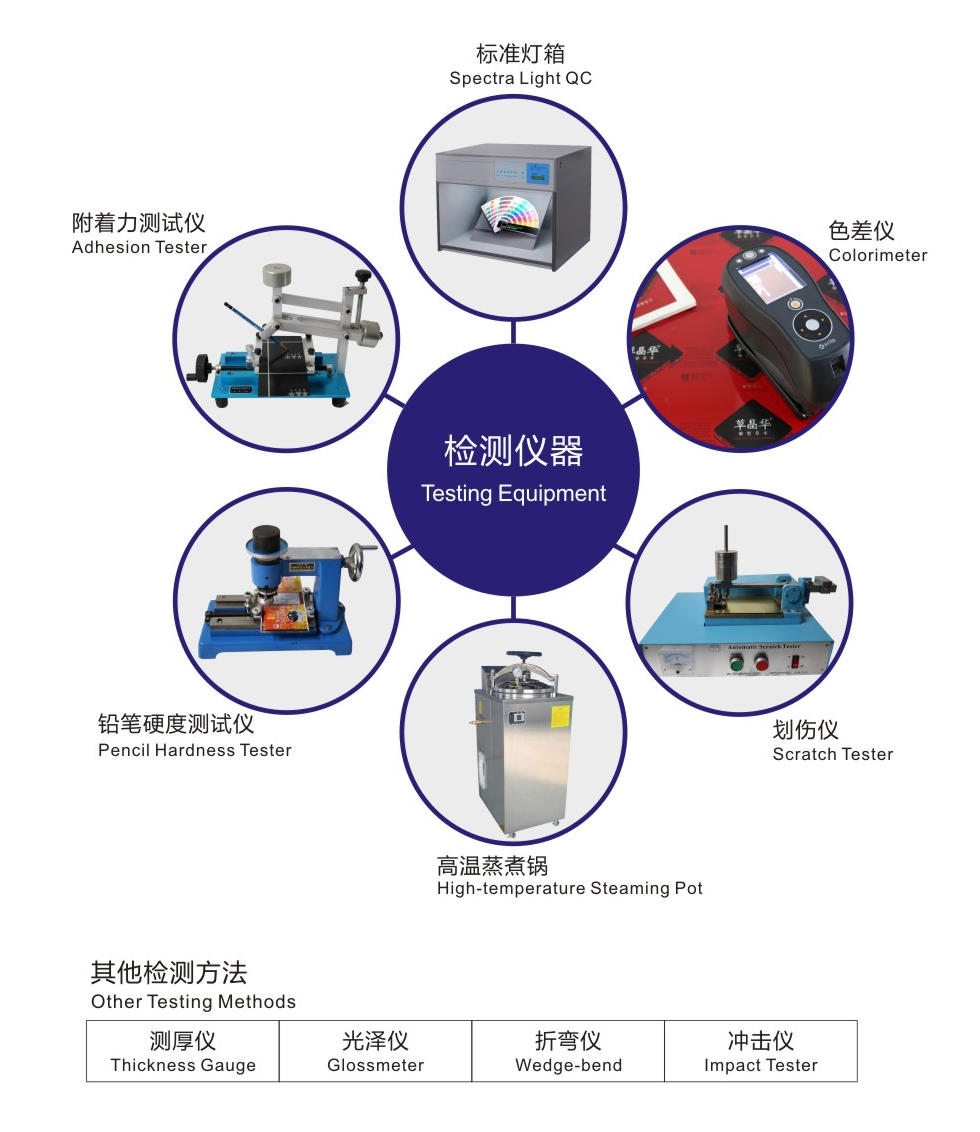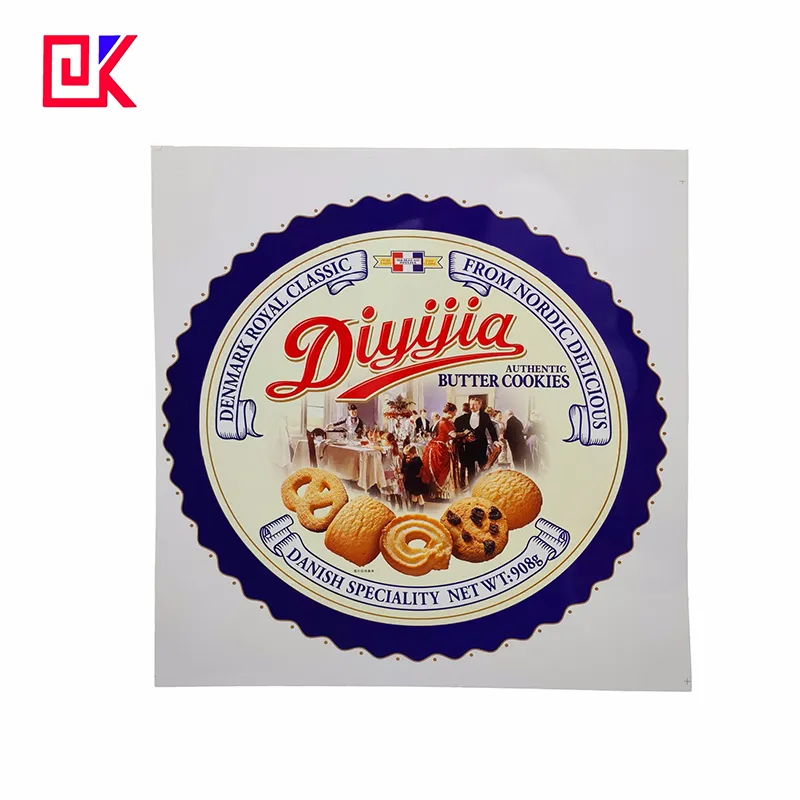As food safety issues are increasingly attracting public attention, the safety of food packaging materials has also become a topic that people cannot avoid in their daily lives. Tinplate cans, which are commonly found in cans, candy boxes and other packaging, are widely used because of their sturdiness and anti-corrosion properties.
Many consumers are skeptical: Is it possible that the tin layer on the surface of this metal packaging will migrate in the process of long-term contact with food, thereby causing potential health effects? Around this issue, this article will deeply analyze the safety of tin in food contact from multiple perspectives such as material properties, usage conditions, and testing standards.

What are tinplate cans? Why tinplate?
1. What metal components are contained in tinplate cans?
Tinplate cans usually refer to a metal composite material with a thin layer of tin plated on the surface of a low-carbon steel plate. Low-carbon steel provides the sturdiness and structural support of the can body, while the main function of tin is to isolate the steel from direct contact with air and moisture, prevent the steel plate from rusting, and at the same time avoid direct contact between food and steel, thereby protecting the food.
2. Why do we need to tinplate cans?
The surface of tinplate cans is very easy to oxidize. If it comes into direct contact with food, it will not only affect the taste of the food, but also produce corrosive substances under certain conditions, causing food contamination. Therefore, plating a layer of tin on the surface of tinplate cans not only plays an anti-corrosion role, but also improves the appearance of tinplate cans and forms a stable protective layer. Tin has low toxicity and is relatively stable at room temperature. It is one of the preferred food-grade metal materials. However, the stability of the tin layer in extreme environments has attracted much attention, because high temperature, acidic substances and other conditions may cause tin migration and cause food safety problems.

Under what circumstances will tin penetrate into food?
1. Will acidic or alkaline foods accelerate the dissolution of tin?
Foods with strong acidity or alkalinity will accelerate the dissolution of tin because tin, as a metal, is more likely to undergo chemical reactions in acidic or alkaline environments. For example, organic acids such as acetic acid, citric acid and lactic acid in acidic foods will slowly dissolve with tin, causing trace elements of tin to migrate into food. Although this process is not significant, the migration of tin may increase when high-acidity foods are stored for a long time. Therefore, when designing tinplate cans, manufacturers usually consider the use of coating processes or lining films to add a barrier to minimize direct contact between tin and food.
2. Will high temperature cause tin migration?
Temperature is one of the important factors affecting metal migration. In a high temperature environment, the activity of metal molecules increases and they are more likely to react with other substances. The tin in tinplate cans is relatively stable at room temperature, but when the temperature is above 100°C, the activity of tin may increase, especially under acidic conditions, and heating may cause higher tin migration. Therefore, although tinplate cans are safer for food packaging at room temperature and low temperature, there are certain safety hazards if they are used for high-temperature cooking, steaming or long-term heating and storage.
3. Will long-term storage increase the migration of tin?
Time is also an important factor affecting tin migration. The tin layer in tinplate cans can better protect the contents at room temperature, but under long-term contact, even neutral foods may cause very small amounts of tin migration, especially in a humid environment. This is because long-term contact will aggravate the natural wear or passivation of the tin layer, causing some trace elements of tin to enter the food. In order to ensure the safety of long-term storage, some tinplate cans will add additional coatings in the manufacturing process to reduce the migration of tin.
Is tin migration harmful to health?
1. Does the intake of trace tin pose a threat to the human body?
Tin is a low-toxic metal, and a small amount of intake usually does not cause obvious harm to the human body. According to the World Health Organization (WHO), a small amount of tin intake in the daily diet has no obvious effect on human health. However, if the tin intake is too high, it may cause gastrointestinal discomfort, vomiting and other symptoms. Therefore, in the design of tinplate cans packaging, the migration of tin is strictly controlled within the range specified by international standards.
2. Is there a risk of tin poisoning?
Generally speaking, tin poisoning is rare, but excessive intake may cause symptoms such as stomach discomfort and headache. The international safety standards for food contact materials have clearly stipulated the upper limit of tin migration to ensure the health and safety of consumers. Generally, the amount of tin migration in tinplate cans is far below this limit, so under normal use, the risk of tin infiltration into food is extremely low and not enough to pose a health threat.

How to reduce the risk of tin migration in tinplate cans?
1. What is the role of the lining coating?
To reduce the risk of tin migration, many food-grade tinplate cans are coated with a lining coating on top of the tin layer, such as epoxy resin or bisphenol A-free coating. This coating can form a barrier between the food and the tin layer, preventing the tin from directly contacting the acid or other ingredients in the food, thereby greatly reducing the possibility of tin migration in tinplate cans. This technology is particularly suitable for canning highly acidic foods, such as jam, ketchup, etc.
2. Does it help to store tinplate cans correctly?
When consumers use tinplate cans to pack food, storage conditions are also an important part of avoiding tin migration. When storing, try to choose a cool and dry environment to avoid long-term contact between the can body and high temperature and humidity. In addition, try to avoid storing the food in tinplate cans in extremely acidic or alkaline environments for a long time, which can effectively reduce the risk of tin dissolution. The correct storage method can not only extend the shelf life of food, but also better ensure food safety.
3. Is it necessary to change the packaging?
Under certain conditions such as high acid and high temperature, the use of other packaging materials such as glass, plastic lining, paper cans, etc. can more effectively avoid the risk of metal migration. Some consumers who are worried about tin migration can choose to transfer food from tinplate cans to other containers for storage, which can not only maintain the freshness of the food, but also avoid the potential risk of tin migration.

Trust Dekai Metal Packaging for Reliable and Affordable Solutions
Foshan Dekai Metal Packaging Co., Ltd. is a reliable manufacturer and supplier of affordable metal packaging solutions. We specialize in aerosol cans, tinplates, and custom-printed products, all made with the highest quality materials and advanced production technologies. Whether you're looking to buy in bulk, need a customized solution, or want to explore wholesale prices, we have the flexibility to meet your business requirements.

